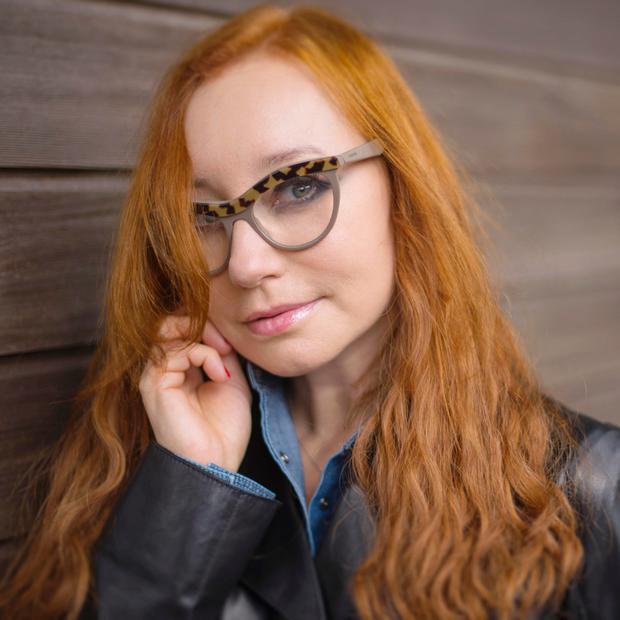
Bringing women to the front
To celebrate Women’s History Month, we take a look into some of the most prolific female piano players in history.
Bringing women to the front of the music scene has been a long historical road. Bigotry, sexism and inequality line the path to liberation. For centuries, women have made their voices heard through their incredible musical abilities and unwavering resilience. From Professor Louise Farrenc, to Nina Simone, Elena Kats Chernin, Tori Amos and everyone in-between, women who play the piano have been a game-changer on the music scene and an inspiration for so many who followed them.
When teaching young people- especially young female students, it is important to provide them with material to learn that was written by female composers. It is so easy to get lost in the abyss of male dominated syllabus lists, that it’s very easy to unintentionally raise young musicians on a diet of compositions written by men. So when you do give them something to learn that was written by a female composer, point it out; tell them why this is special. Why it’s important, and most importantly, why it means that they too, can achieve great things.
In celebration of Women’s History Month and the upcoming International Day for Women (March 8), The Piano Teacher has put together a list of women who have been game changers in the music scene and beyond – all of which, play the piano.
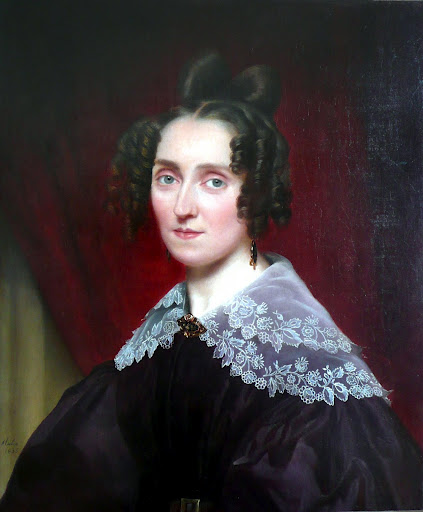
Louise Farrenc
Born in 1804 (the year that the world population first hit 1 billion!), Louise Farrenc was a French composer, pianist and teacher that was the only female professor at the Paris Conservatory in the 19th century. Battling endless bigotry from her colleagues, Farrenc went on to be one of the greatest piano professors in Europe. On top of this, she managed to be one of the first women to fight for, and win, equal pay to her male counterparts. What a boss.
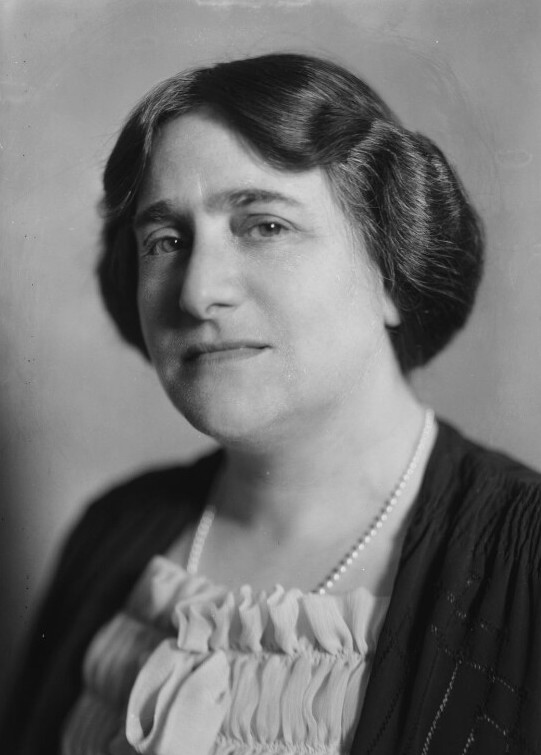
Dame Myra Hess
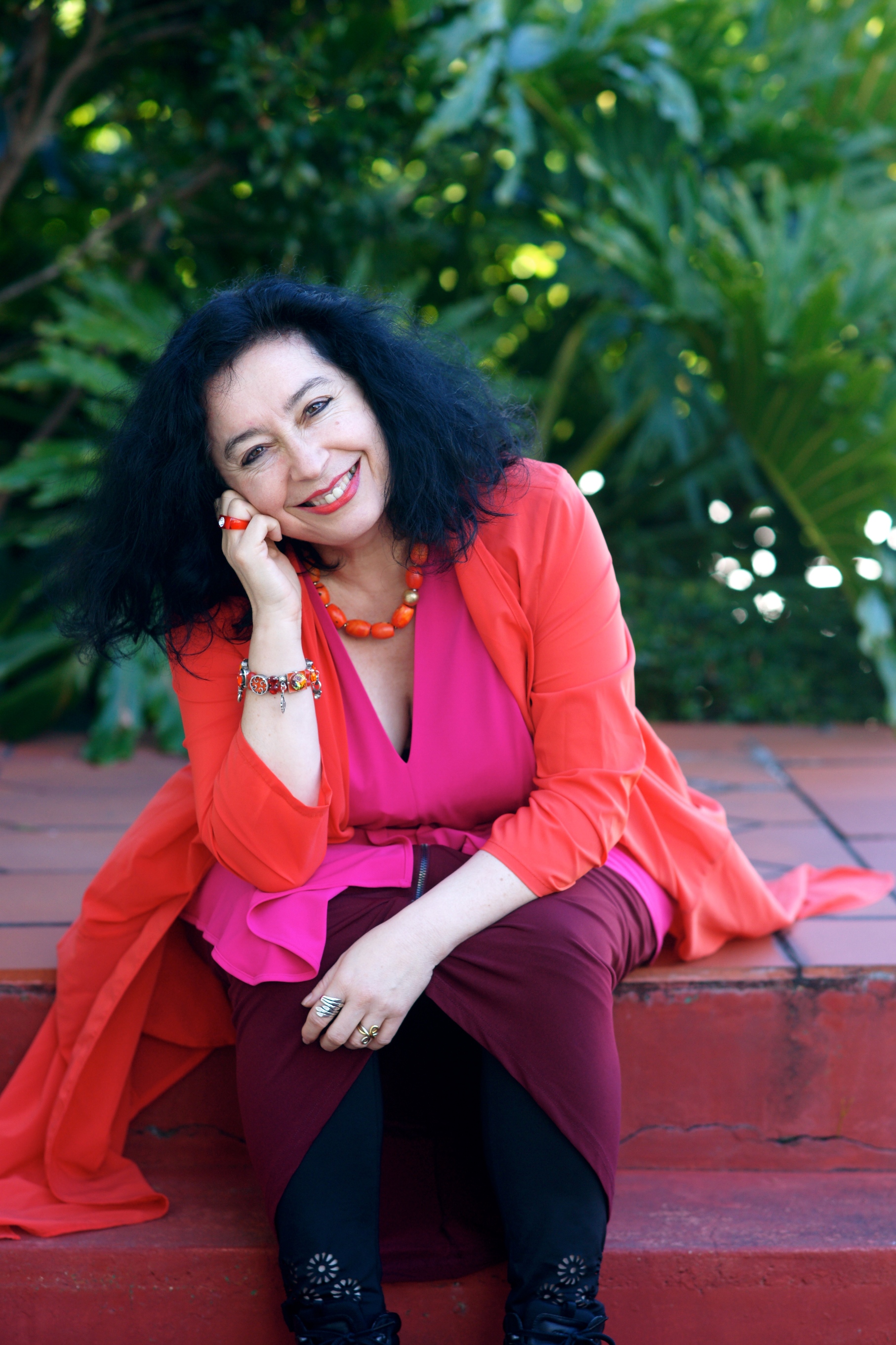
Elena Kats-Chernin
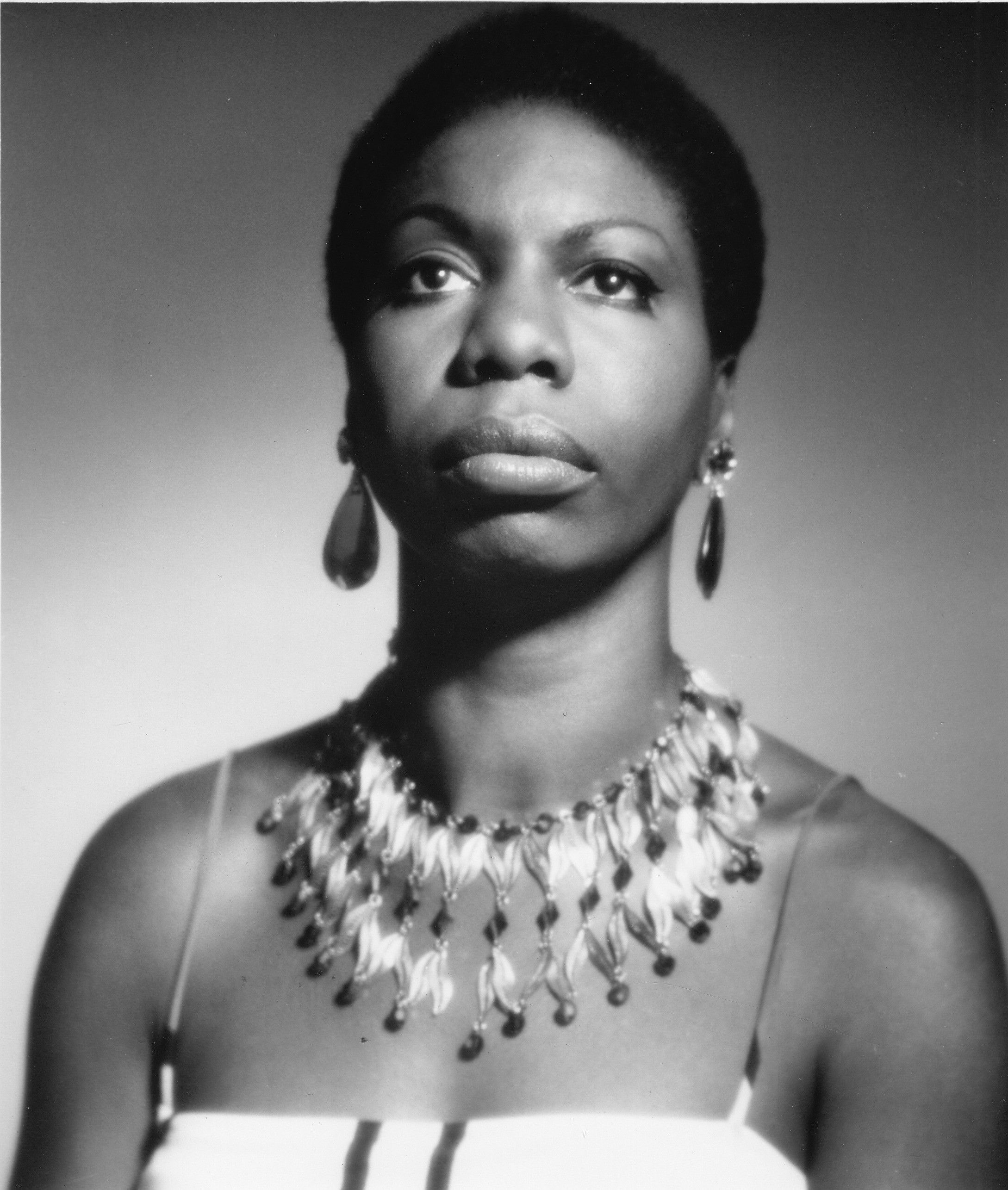
Nina Simone
In addition to a very successful touring and recording career, Simone used her position to speak out and write songs about racial injustice, and became a powerful voice for people of colour who didn’t feel like they had one of their own.
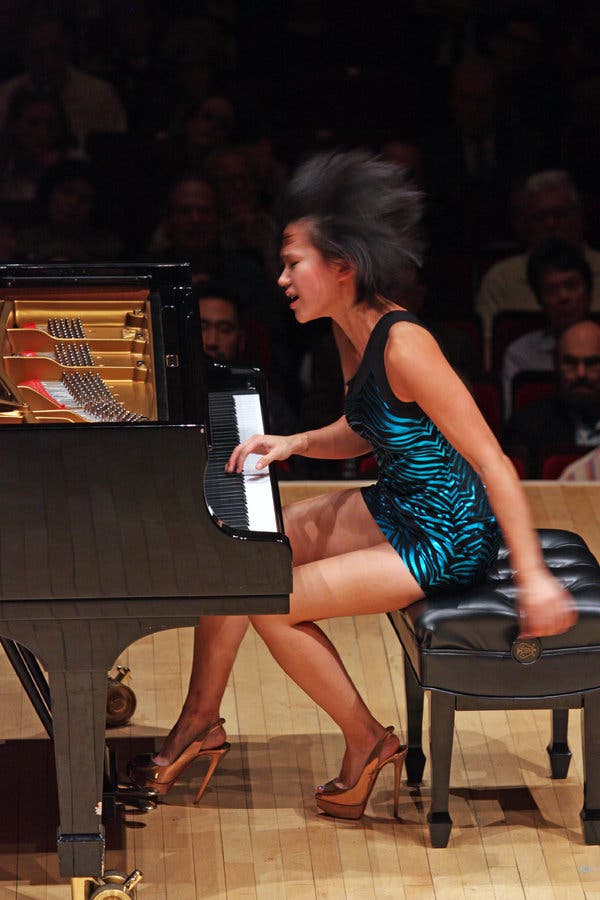
Yuja Wang
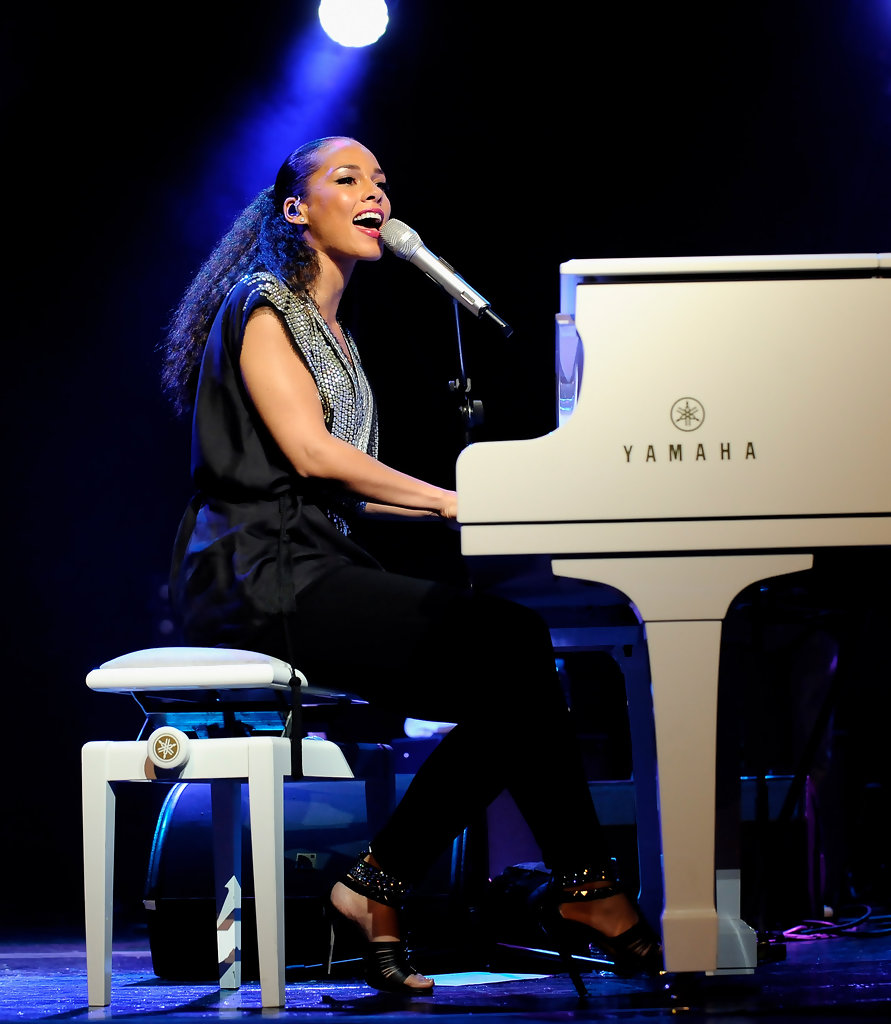
Alicia Keys

Diana Krall
